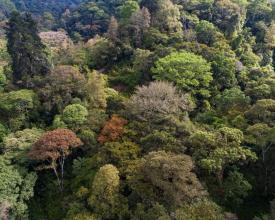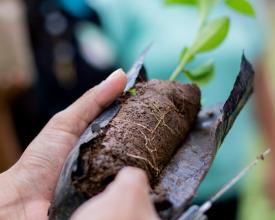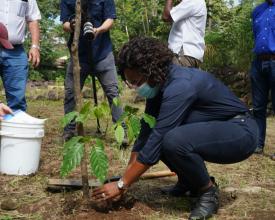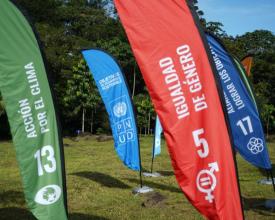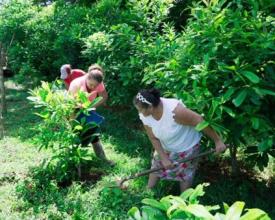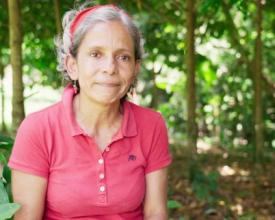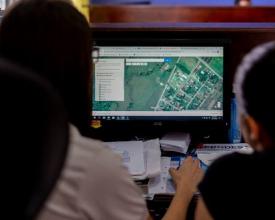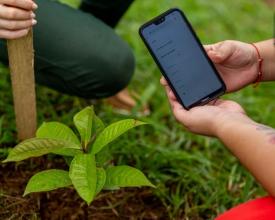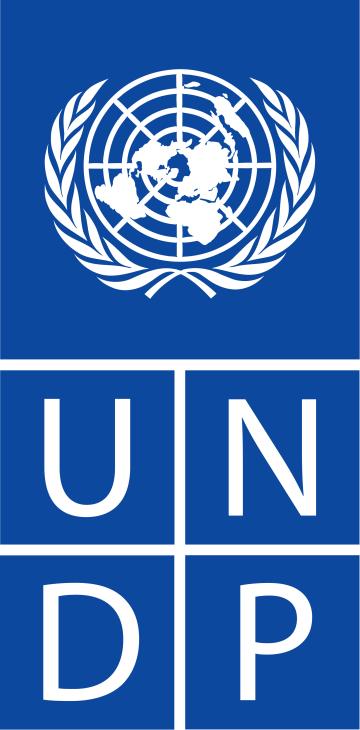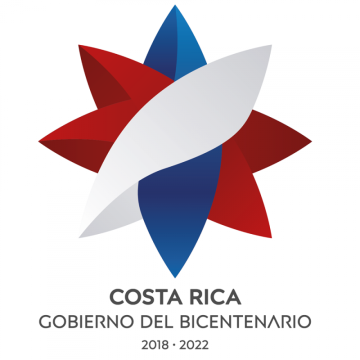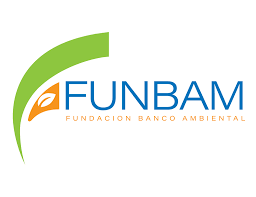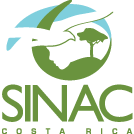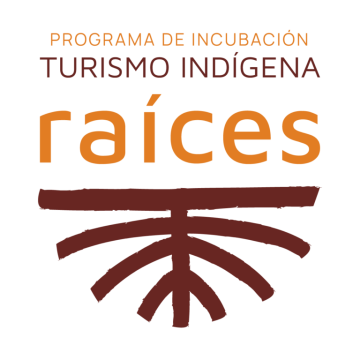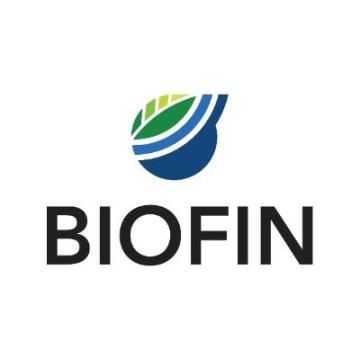
Footprints4ourFuture: Eine Crowdfunding-Kampagne für nachhaltige Wiederaufforstung und die Schaffung von Arbeitsplätzen in Costa Rica
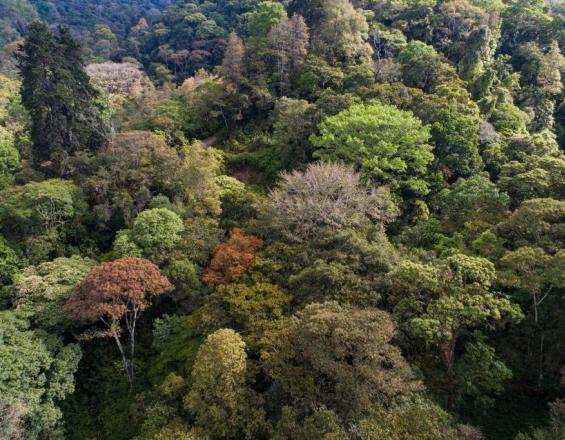
In Costa Rica hat die Crowdfunding-Kampagne "Footprints4ourFuture" (Huella del Futuro), die von BIOFIN ins Leben gerufen und vom Vizepräsidenten angeführt wurde, 1,7 Millionen US-Dollar gesammelt, um die durch COVID-19 verschärfte Arbeitslosigkeit zu verringern und gleichzeitig Ökosysteme wiederherzustellen und gefährdete Flächen in öffentlichem Besitz aufzuforsten. Mit der Genehmigung des ersten Inkubationsprogramms in Costa Rica für nachhaltigen Tourismus in indigenen Gebieten, "Raíces", durch den Verwaltungsrat der Bank für nachhaltige Entwicklung wurden insgesamt 577,5 Millionen US-Dollar mobilisiert; davon 168,5 Millionen US-Dollar für die Ausgabe 2022 von Raíces, 345 Millionen US-Dollar für das CRE-C-Programm und 64 Millionen US-Dollar für das Portfolio des nachhaltigen Tourismus in biologischen Korridoren. Das Programm zielt darauf ab, durch die Pflanzung und/oder Wiederherstellung von 200.000 Bäumen und deren fünfjährige Pflege Mittel zu mobilisieren, die Umsetzung zu überwachen, das Lernen zu systematisieren und den Finanzierungsmechanismus zu institutionalisieren.
Prozess
Bauklötze
Combining a variety of donation options and marketing strategies to promote contributions
Donors can contribute to the campaign through different packages/amounts: “My Footprint” (one tree for 15 USD), “Family Footprint” (10 trees for USD 150), “Small Business Footprint” (100 trees for USD 1,500), and “Corporate Footprint” (1,000 trees for USD 15,000).
These packages can be purchased on the campaign’s website, that launch to a national account for FUNBAM. It is also possible to contribute by directly making bank transfers to an account in dollars or Costa Rican colones, or quickly donate using SINPE Móvil, the country’s instant mobile money transfer system. Companies and organizations, as well as Embassies made the transfer through this modality under a signed agreement with FUNBAM (the executing agency). Initially, it was also possible to donate through UNDP’s international platform, which was later removed since outreach activities were nationally focused.
Moreover, through a partnership with the corporate hardware store Ferretería EPA, customers in seven physical stores are invited to donate their spare change and complement to plant a tree, reaching those who may not have been initially aware of the campaign.
Finally, for the 1,000-tree corporate package, meetings were arranged with potential partner companies to encourage collaboration. Embassies such as Spain, Italy and others also used this modality.
Ermöglichende Faktoren
The effective promotion of the campaign has gone hand in hand with the success of these various donation platforms. The marketing strategy has included social media, Google and TV ads, as well as support from the national television program Más que Notícias through specials and interviews.
The availability of technology, human expertise, and funding to sustain the online donation platform are other enabling factors.
Gelernte Lektion
- It is important to align the campaign with larger impact, policy or institutional goals (in Costa Rica, to achieve 60% forest cover by 2030).
- Engaging high-level champions, such as former Vice President of Costa Rica Epsy Campbell, fosters mobilization for the campaign.
- Delivering with credible public organizations (FONAFIFO, UNDP) contributes to building public trust in the campaign.
- It is fundamental to include measures for transparency and traceability of funds and results (georeferenced trees, and donor and results report).
- Comms, comms, and more comms support campaign’s success:
- Clear graphic design throughout the campaign (logo, social media, life stories, press, presentations, face masks, videos, storyline, and alliances).
- Investment in a designer, a PR specialist, and dedicated time for campaign execution.
- It is necessary to effectively mobilize resources through a diverse outreach and marketing strategy with target audiences:
- The donation page by itself is limited in mobilizing donations. It is more effective to engage funds, bilateral donors, and private and public companies through one-on-one meetings and interactions.
Ressourcen
Using funds to improve the living conditions of vulnerable populations while promoting tree planting and ongoing maintenance in an integrated way
Funds raised were used both to cover reforestation costs and to create hundreds of green wages and jobs. On the one hand, Costa Rica aims to reach 60% of forest cover by 2030, and seedlings require ongoing care to ensure they survive and thrive. On the other hand, the socioeconomic conditions of already vulnerable communities in the northern region of the country worsened with the COVID-19 pandemic.
#Footprints4ourFuture addresses these two challenges in an integrated way. Each tree planted comes with a five-year maintenance plan to ensure its survival. This plan is implemented by local workers who plant and prune trees, improving the living conditions of vulnerable populations and providing a sustainable source of income beyond the period of the pandemic. This approach also contributes to raising local awareness and promoting community ownership of reforestation efforts.
Ermöglichende Faktoren
Community interest and willingness to carry out green jobs, along with the long-term availability of funds for the five-year maintenance plan, are key factors for success.
Gelernte Lektion
Biodiversity conservation and restoration initiatives have a higher likelihood of success when combined with financial support for vulnerable participant populations. This approach allows initiatives to address both socioeconomic and environmental issues simultaneously, besides encouraging local community participation and fostering openness to environmental education.
Furthermore, reforestation and other environmental activities should prioritize ongoing maintenance, as it ensures that the initial investment yields long-term results.
Multi-stakeholder partnerships for effective campaign design and gender-responsive implementation
The crowdfunding campaign is based on multi-stakeholder partnerships, which have enabled its effective design and helped target those most in need.
UNDP BIOFIN supported the conceptualization, development, and implementation of the campaign, in addition to engaging in technical and political dialogues and conducting presentations with potential donors. FUNBAM hosts the operations of the campaign within its structure. Other co-creation partners are the MINAE, responsible for issuing environmental licenses, and FONAFIFO. By leveraging this pool of diverse capacities, the campaign has been effectively designed, successfully attracted donors, and able to operate on Costa Rican public lands.
When it comes to implementation, it was identified that women, especially those heading households, were particularly affected by COVID-19. Therefore, the distribution of funds collected through the campaign is built on strong local community and gender-based principles. Green jobs for planting and maintenance activities are currently provided through collaborations with 17 implementing partners, nine of which are women-led local organizations.
Ermöglichende Faktoren
Enabling factors include the willingness of partners with diverse capabilities to join the campaign and contribute their expertise, access to local communities and the development of a relationship of trust, and the prior assessment of local needs to ensure that the campaign is designed to address them effectively.
Gelernte Lektion
Multi-stakeholder partnerships, involving both private and public sector actors, are crucial for enhancing the effectiveness of crowdfunding campaigns, especially those targeting public lands or large-scale projects such as reforestation.
Ressourcen
Innovative tools for monitoring tree planting and maintenance
The solution includes an online map on #Footprints4ourFuture’s website, through which it is possible to monitor tree planting and maintenance. This innovative tool was developed by a group of young women from the north of Costa Rica. It provides data on the number and location of trees planted, including their species, planting date, and care detail. By enabling contributors to locate their specific tree on the map, the tool enhances transparency and accountability, potentially encouraging adherence to the campaign. It also provides valuable information for the monitoring and evaluation of #Footprints4ourFuture.
Ermöglichende Faktoren
Enabling factors include the availability of funding and technological support for maintaining the tool. Moreover, the map’s ability to enhance accountability and transparency depends on contributors’ being aware of its existence and using it to track progress.
Gelernte Lektion
Monitoring and evaluation tools are essential to engage donors and partners, besides ensuring that the project stays on track to achieve its intended impact, and enabling timely adjustments if needed.
Auswirkungen
Das Programm Huella del Futuro #Footprint4ourFuture zielt darauf ab, Ressourcen zu mobilisieren, damit Gruppen, Organisationen und Einzelpersonen ihre Arbeit fortsetzen und ihre Wirkung verstärken können. Das Programm zielt auf die Förderung ab:
- Kohlenstoffabscheidung
- Schutz der Wasserressourcen
- Erhaltung der biologischen Vielfalt
- Aufwertung der landschaftlichen Schönheit
- Versorgung mit Nahrungsmitteln
- Schaffung von Arbeitsplätzen und unternehmerischen Möglichkeiten
- Ungefähr 157 direkte Arbeitsplätze in den ersten 5 Jahren
Bislang konnten mehrere positive Auswirkungen nachgewiesen werden:
- Mobilisierung von 1,7 Millionen US-Dollar für Projekte zur Wiederaufforstung und Wiederherstellung des Ökosystems im Norden Costa Ricas
- Erfolgreiche Umsetzung der Footprints4ourFuture-Initiative, bei der 94 % des ursprünglichen Ziels erreicht wurden
- Schaffung von grünen Arbeitsplätzen und Verringerung der durch die COVID-19-Pandemie verschärften Arbeitslosigkeit
- Unterstützung von Frauen, die für die Wiederaufforstung auf Gemeindeebene zuständig sind, zugunsten von 139 Frauen und 121 Männern aus gefährdeten ländlichen Gemeinden im Norden Costa Ricas
- Genehmigung des Programms "Raíces" (Wurzeln), des ersten Inkubationsprogramms für nachhaltigen Tourismus in indigenen Gebieten in Costa Rica
- Mobilisierung von 577,5 Millionen US-Dollar für verschiedene Nachhaltigkeitsinitiativen, darunter Raíces und das CRE-C-Programm
- Einführung von Schutzgebietsgebühren, die mehr als 3 Millionen US-Dollar an neuen Einnahmen generieren könnten, die vollständig der Schutzgebietsbehörde (SINAC) zufließen
